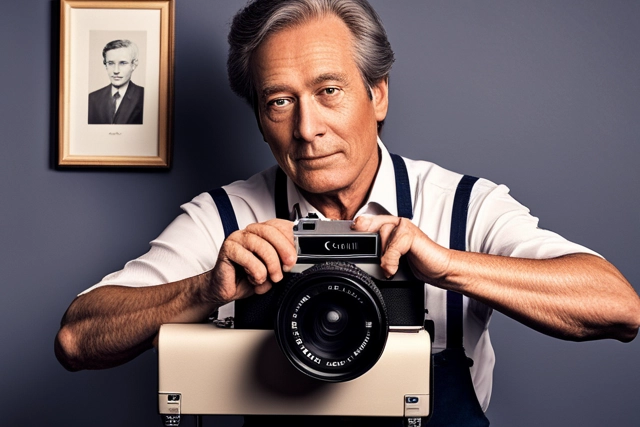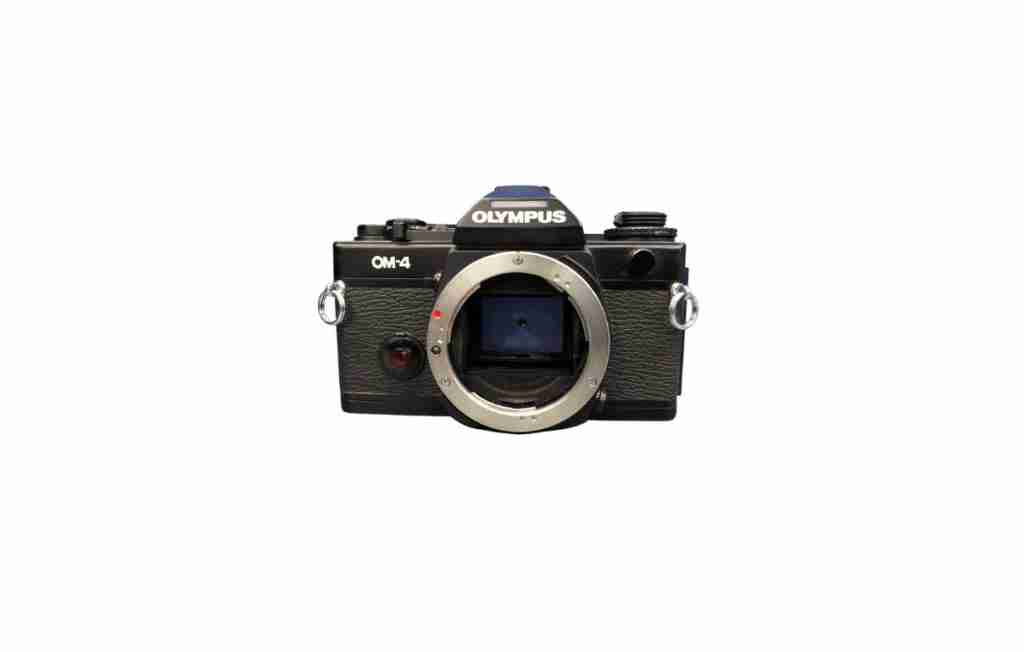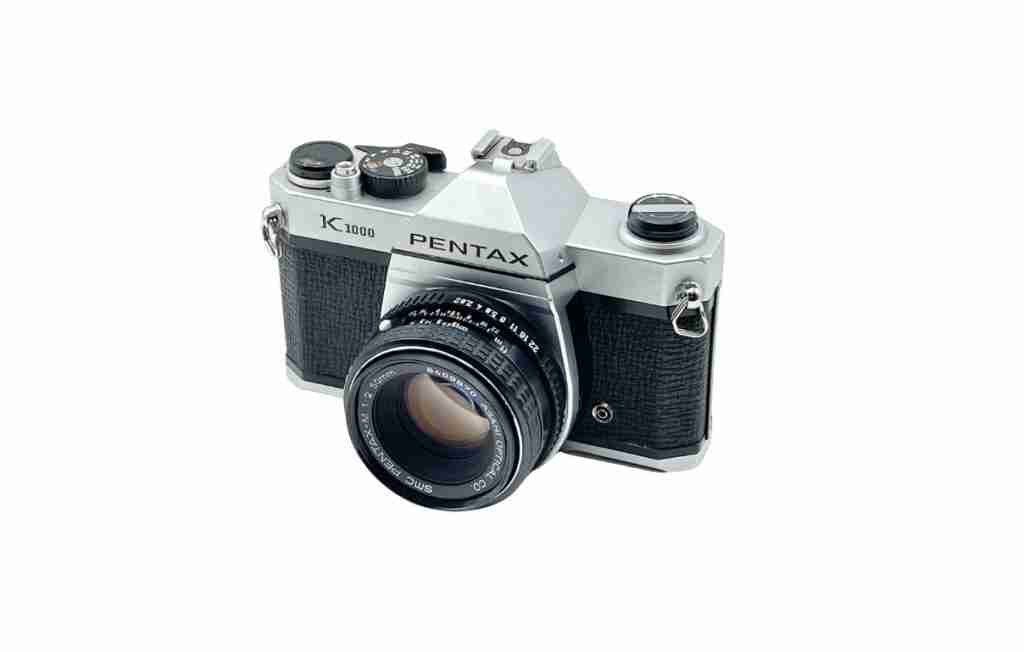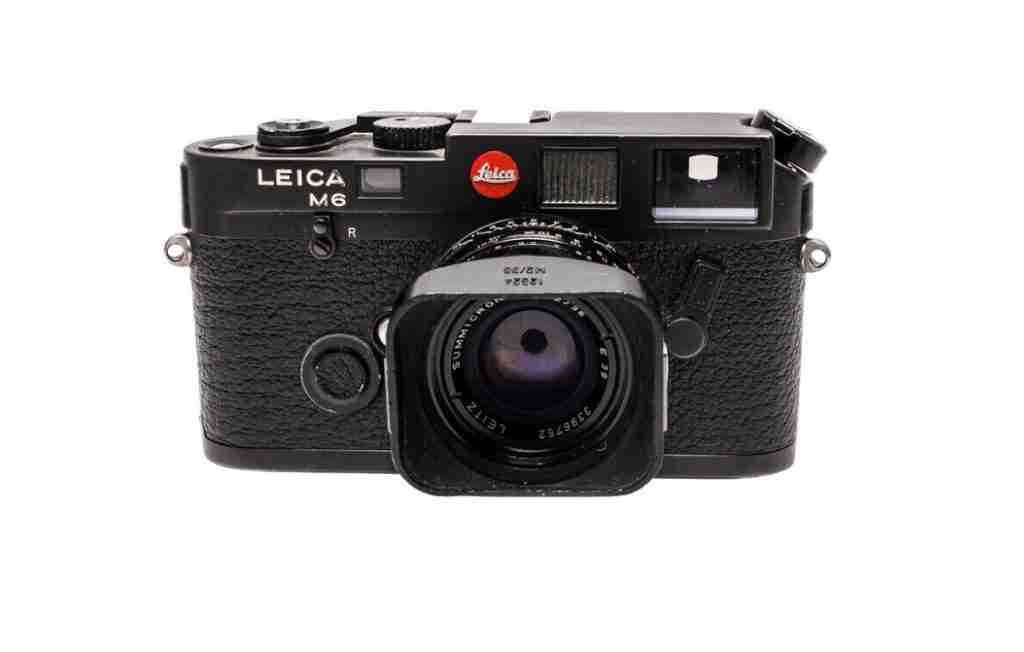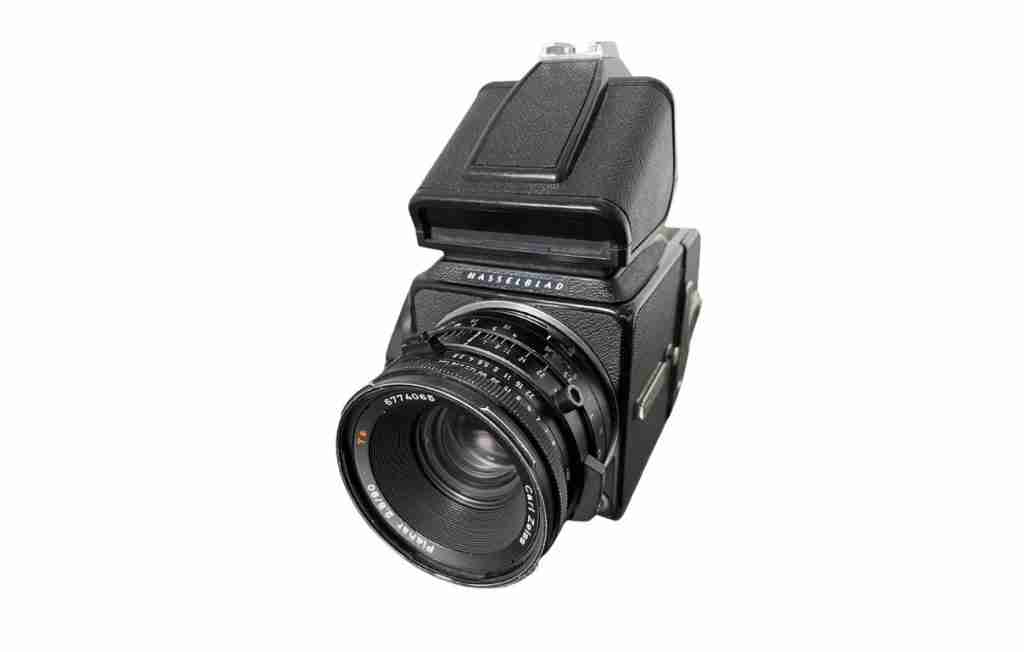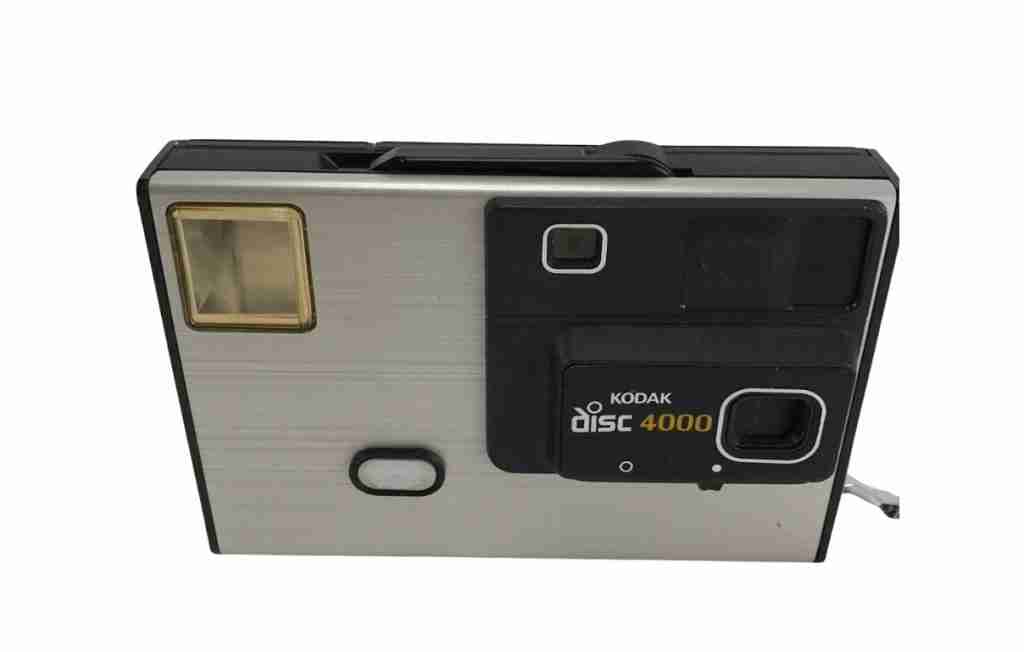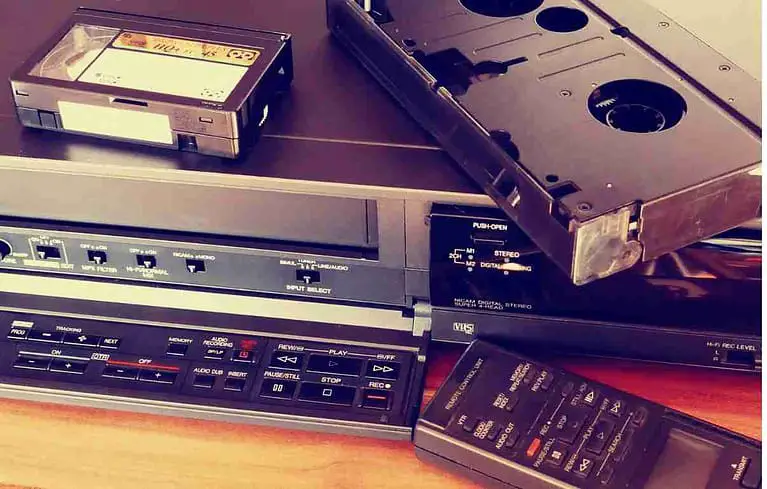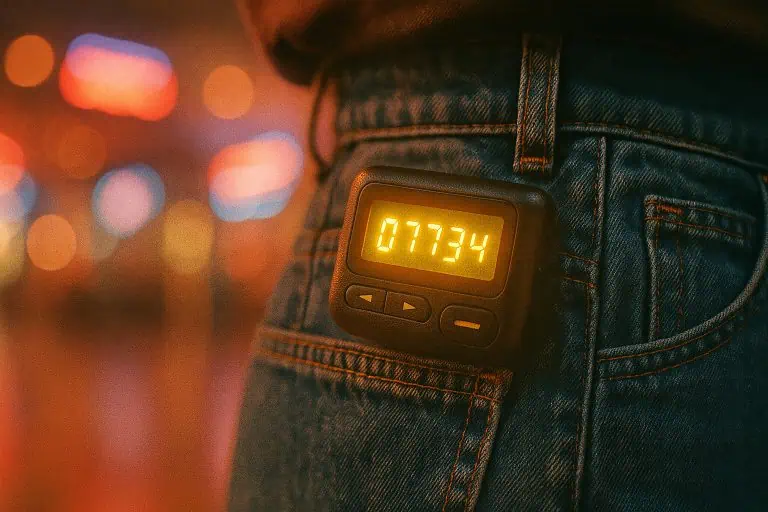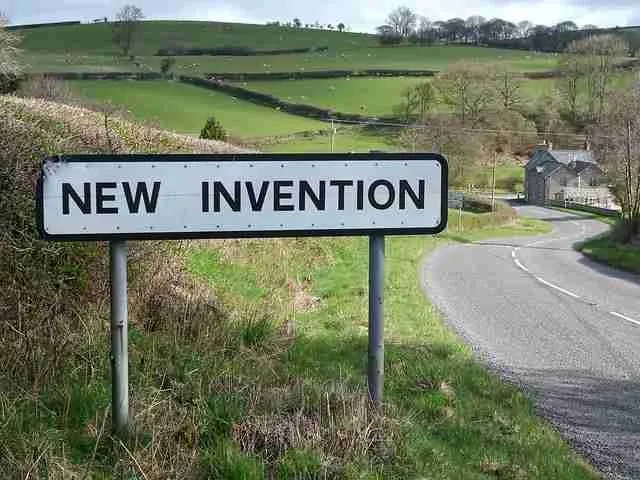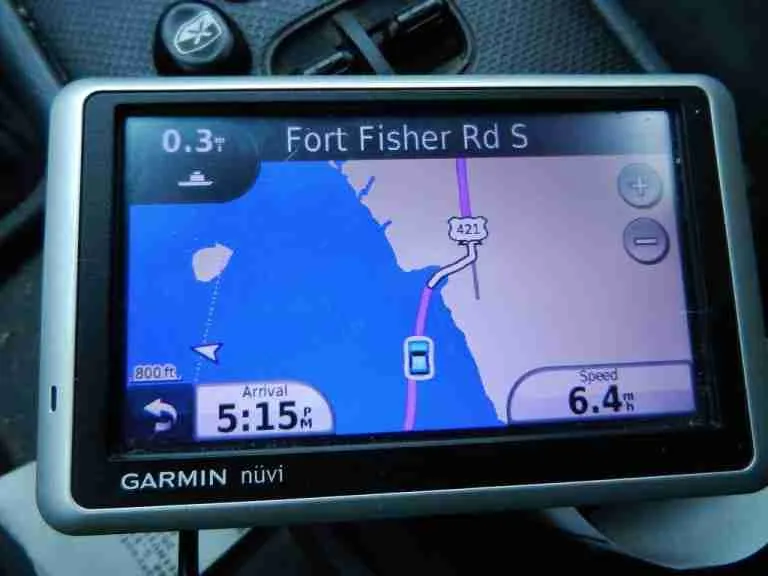The 1980s: A Pivotal Era for Camera Technology and Quality
The 1980s marked a transformative period in the realm of photography. This era witnessed a surge in the popularity of photography, driven by more affordable film prices, cost-effective hardware, and the widespread availability of film developing stations.
Cameras, once considered luxury items, became common in the 80s. Let’s look into some of the most iconic and high-quality 1980s cameras, shedding light on how they revolutionized the world of photography.
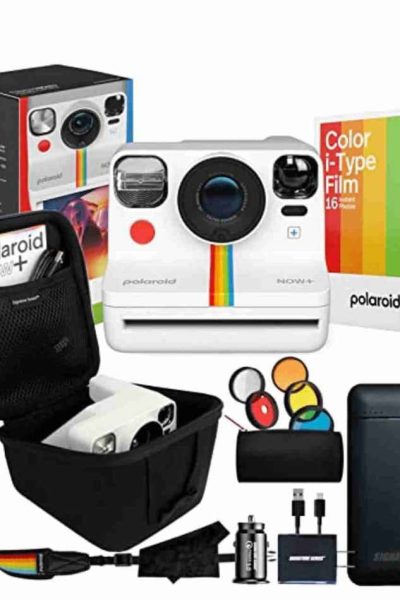
The Polaroid Instant Camera: Instant Gratification
The Polaroid instant camera was a game-changer in the 1980s. This camera allowed users to take photos and see them right away, bypassing the expensive and time-consuming developing phase.
Polaroids were particularly popular among young people, as they could take pictures practically anywhere and hang them everywhere immediately. The Polaroid instant camera symbolized the 80s, with many people posting Polaroids of their friends and loved ones on their bedroom mirrors.
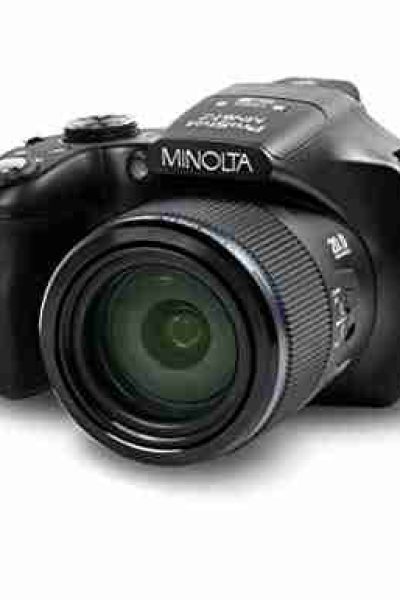
The Minolta Maxxum 7000: The Perfect Dad Camera
The Minolta Maxxum 7000 was the quintessential “dad camera” of the 1980s. Its auto-focus feature made it easy to point and shoot, and the film was simple to load and unload. This camera was perfect for the amateur photographer and typically came with an XL carrying case.
Occasionally, you’d find a dad sporting the camera with a fanny pack, a classic 80s accessory.
The Minolta Maxxum 7000
Step into the heart of the 80s and witness the birth of a true sensation the Minolta Maxxum 7000. This trailblazer burst onto the scene in 1985, ushering in a new era in photography with its groundbreaking autofocus system and motorized film advance. But it was more than just its revolutionary features that set it apart. The 7000 managed to pack all this and more into a compact package that left other cameras in awe of its innovative design. It was a true masterpiece, unmatched in its time, with a plethora of features that set the standard for what was to come.
As the years rolled on, the 7000’s successors may have veered towards a more plastic, bulbous aesthetic, but this camera held its ground with its unique character. Its sharp angles and edges gave it the appearance of a muscular brick, exuding a personality all its own. The audacious autofocus and film advance motors were unapologetically vocal, and the viewfinder opened up a window into a world of endless possibilities. Its switches and buttons had the allure of an 80s sportscar, beckoning you to explore and create.
But a camera is only as good as the lenses it pairs with, and Minolta spared no expense in this regard. The A-mount glass lenses that accompanied the 7000’s debut were nothing short of extraordinary. They were hailed as some of the finest optics in the world, and their exceptional quality stands the test of time even today. What’s more, these lenses can still be used with Sony’s modern DSLRs, bridging the gap between the nostalgic past and the cutting-edge present.
Immerse yourself in the legacy of the Minolta Maxxum 7000, where innovation meets artistry, and where the past intertwines with the future.
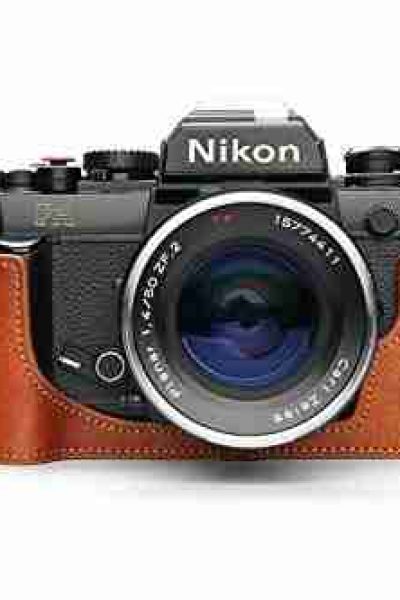
The Nikon FA: A Camera for the Cool Kids
The Nikon FA was perhaps the most stereotypically 80s-looking camera. It was expensive, so it was often owned by the “cool kids.” The Nikon FA had all the hallmarks of a classic—great aesthetics, an LCD, and an oversized lens, making it the go-to for camera connoisseurs.
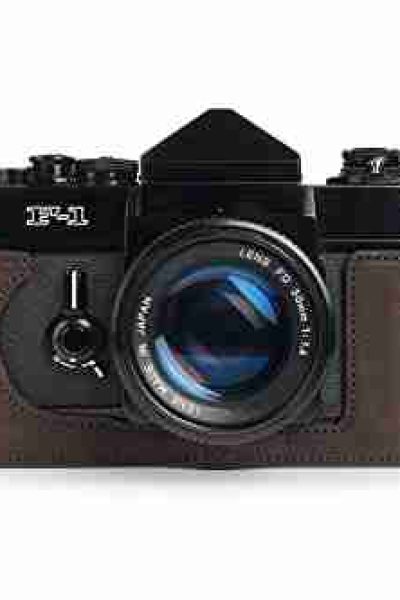
The Canon F-1: A Groundbreaking Design
Canon has been known for making great cameras for a long time, and the Canon F-1 was no exception. This camera, the precursor to some of the more popular DSLR cameras of later years, was a groundbreaking design that changed photography forever.
The Canon F-1 had many accessories, allowing users to customize this camera. Even today, these cameras are still collectibles and can be used.
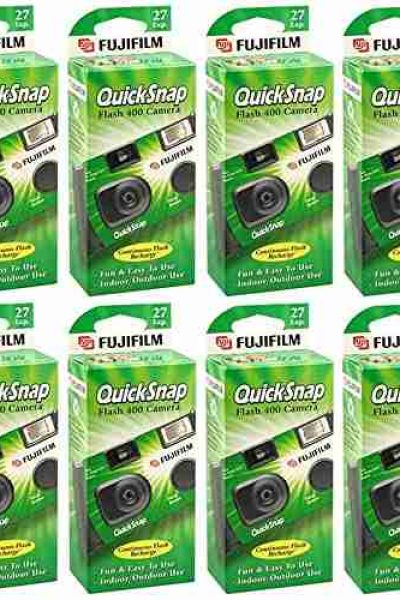
Disposable Cameras: Affordable and Accessible
A significant departure from the other cameras on this list, disposable cameras burst onto the scene in 1986 and changed picture-taking forever. Due to their affordable nature, these cameras allowed kids to handle photography equipment without fearing destruction.
Disposable cameras allowed for the documentation of school trips, summer camps, or sleepovers, making them a significant part of many people’s childhoods.
Impact of the 1980s Cameras on the photography industry
The 1980s were a time of significant technological advancements in photography. This decade was marked by introducing new technologies and refining existing ones, leading to a revolution in capturing and preserving memories. The cameras from this era were not just tools but symbols of a time when technology was becoming more accessible and integrated into our everyday lives.
During this decade, cameras evolved from being complex, expensive equipment used primarily by professionals and enthusiasts to becoming household items. The advent of more affordable film prices, cost-effective hardware, and the widespread availability of film-developing stations made photography a hobby that was accessible to the masses.
The 80s saw the introduction of standard features in modern cameras, such as autofocus and automatic exposure. These features made cameras easier to use, opening up photography to a broader audience. The 80s also saw the rise of compact and point-and-shoot cameras designed for ease of use and portability. These cameras allowed people to capture moments on the go, whether on vacation, at a family gathering, or just out and about.
Conclusion
So, the next time you come across a vintage camera from the 80s, take a moment to appreciate the history and innovation it represents. And if you’re lucky enough to own one of these cameras, cherish it. It’s a piece of history that helped shape the world of photography as we know it today.
FAQs
Q: What was the highest-quality camera in the 80s?
A: The Canon F-1 is often considered the highest-quality camera of the 80s. Its groundbreaking design and the ability to customize with various accessories made it a favorite among photography enthusiasts.
Q: Were disposable cameras popular in the 80s?
A: Yes, disposable cameras became popular in the mid-80s. They were affordable and easy to use, making them a hit, especially among younger users.
Q: What made the Polaroid camera unique in the 80s?
A: The Polaroid camera was unique because it allowed users to take photos and see them immediately, bypassing the traditional film development process. This instant gratification made Polaroids particularly popular.
Q: What was the first camera to incorporate a successful autofocus system?
A: The Minolta Maxxum 7000, released in 1985, was the first camera to incorporate a successful and adequate autofocus system. This feature and its motorized film advance made it a sensation in photography.
Q: What other cameras were popular in the 1980s besides the ones mentioned?
Besides the cameras mentioned, several other cameras gained popularity in the 1980s. Here are a few:
Olympus OM-4: This camera was known for its advanced light metering system, the first to offer multi-spot reading.
Pentax K1000: This was a favorite among students and beginners due to its simplicity and durability. It was a fully mechanical, manual camera that was built to last.
Leica M6: The Leica M6 was a rangefinder camera highly regarded for its quality and compact size. It was known for its superior optics and mechanical precision.
Hasselblad 500C/M: Professional photographers loved This medium format camera for its image quality and interchangeable parts.
Kodak Disc 4000: The Kodak Disc 4000 was a unique camera that used disc film. It was compact and easy to use, making it popular for casual photography.
.
